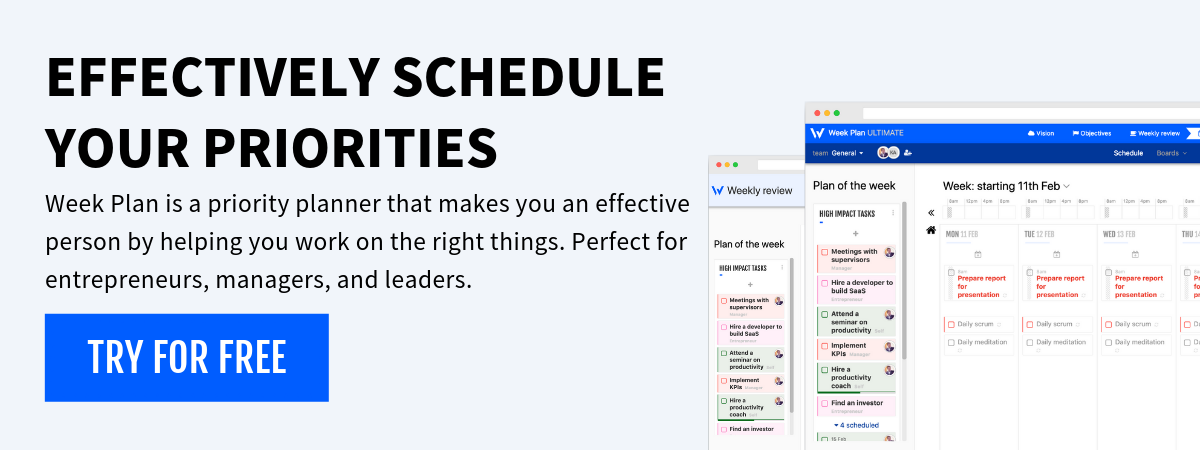The Balanced Scorecard has long been used as a strategic management framework used by companies across the world.
While it’s still a popular framework, the Balanced Scorecard has faced competition from other frameworks in recent years.
OKRs have been gaining usage and popularity as well. Usually, they may contain more initiatives for each objective, as well as more goals.
Using a science, the two share a lot of similarities. Both are focused on objectives—broad goals designed to propel the organization forward—and metrics (called Key Results in the OKRs field and measures in the BSC) that gauge your success in achieving the objective.
The biggest difference between the two is cadence. When creating Balanced Scorecards, most companies will draft objectives and measures that are designed to stay in place for at least one year, but often longer.
With OKRs, however, most organizations change their Objectives and Key Results each quarter, focusing on what can create the most value in the next 90 days.
Another key difference relates to parameters.
When constructing a Balanced Scorecard, organizations create objectives and measures in four distinct, yet related perspectives of performance: Financial, Customer, Internal Processes, and Learning & Growth.
OKRs on the other hand, do not rely on the use of perspectives.
Both tools are valuable in their own right, OKRs are more of an advantage having a shorter cadence.
Since things are changing faster than ever, and thus it’s vital we have metrics that allow us to be agile in our approach, OKRs thrive more into this setting.
Having said that, the four-perspective model of the Balanced Scorecard also provides substantial benefits: it forces an organization to think holistically about their business and how the objectives and measures spanning the four perspectives weave together to tell their unique strategic story.

More Posts
10 Advantages of an Online Planner [+ productivity tips]
A planner is a tool that can help you be more productive, organized, and efficient. It’s also a great way to stay on top of your daily tasks and sync with others who...
Lean and Agile Can Raise Personal Productivity
The Gig Economy and the modern business ecosystem have brought productivity to the center of everyone’s attention. People are figuring out new ways and approaches towards increasing their daily work-related output. Lean and...
11 Ways Social Media Addiction Contributes to Procrastination
In our digital world, social media addiction is a big reason for putting things off. These platforms make us feel connected and give us lots of info. But, they also distract and waste our time....
11 Reasons You're Unable to Stick to Your Weekly Priorities
Do you often find yourself overwhelmed by your weekly plans? Sticking to priorities can be tough, especially when life gets busy. Whether you’re managing personal goals or professional responsibilities, falling off track might...


